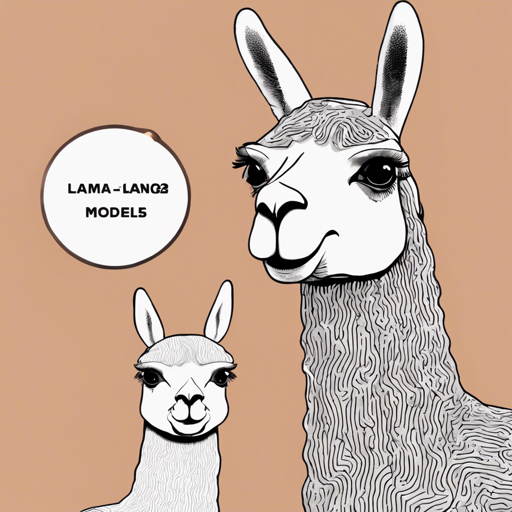If you’re eager to harness the power of the Llama-2-7B-chat models, the recent release from Meta Platforms is ripe for exploration! In this guide, we’ll walk you through how to use these models effectively and troubleshoot common issues along the way.
Step 1: Obtaining the Model Weights
The first step in utilizing Llama-2-7B-chat is acquiring the model weights. You can obtain them in Hugging Face format courtesy of Mirage-Studio.io. This platform is home to MirageGPT, a private ChatGPT alternative, and it makes accessing Llama’s resources convenient for developers.
Step 2: Understanding the License Agreement
Upon downloading the model, it is vital to familiarize yourself with the Llama 2 Community License Agreement. By accepting this agreement, you will be granted a non-exclusive license to use, distribute, and modify the model. Here are some key points:
- The model can be distributed, but a copy of the License Agreement must accompany it.
- You must retain the necessary attribution notice in any copies you distribute.
- Any use of the Llama Materials must comply with applicable laws and the Acceptable Use Policy, which you can find here.
Step 3: Setting Up Your Environment
To use the weights effectively, ensure you have a suitable environment set up. You’ll need:
- Python 3.7 or higher
- The latest version of PyTorch
- Transformers library from Hugging Face
Install these using pip:
pip install torch transformersStep 4: Loading the Model
Once your environment is ready, you can load the model and its tokenizer with a few lines of code:
from transformers import AutoModelForCausalLM, AutoTokenizer
model_name = "path/to/llama-2-7b-chat"
tokenizer = AutoTokenizer.from_pretrained(model_name)
model = AutoModelForCausalLM.from_pretrained(model_name)This snippet sets up both the tokenizer and the model, making it ready for you to start chatting away!
Step 5: Generating Conversations
To generate text, feed in your input as follows:
input_text = "Hello, how can I help you today?"
inputs = tokenizer(input_text, return_tensors="pt")
outputs = model.generate(**inputs)This will produce a response based on your prompt, allowing for interactive conversations.
Troubleshooting Common Issues
Even the best of us encounter hiccups! Here are a few troubleshooting ideas:
- If you experience memory errors, ensure you have adequate GPU memory. Consider using smaller batch sizes.
- Make sure all libraries are compatible and up to date.
- If you are having issues with loading the model, verify that the model path provided is correct.
For more insights, updates, or to collaborate on AI development projects, stay connected with fxis.ai.
Conclusion
Now you’re ready to dive into the world of AI conversation with the Llama-2-7B-chat models! Make sure to follow the licensing agreements and enjoy your coding journey.
At fxis.ai, we believe that such advancements are crucial for the future of AI, as they enable more comprehensive and effective solutions. Our team is continually exploring new methodologies to push the envelope in artificial intelligence, ensuring that our clients benefit from the latest technological innovations.

